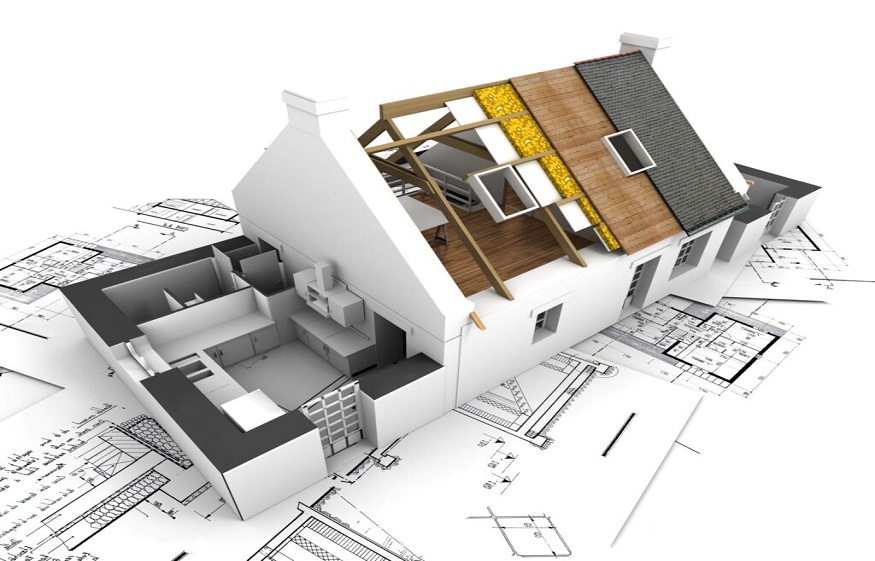
The Benefits Of Using Residential Architecture In Islington For Your Architectural Work
If you are working as an architect, you will have heard of the benefits of using residential architecture for your architectural work. This post breaks down the pro’s and con’s of using residential architecture in Islington, explaining how it can help make your job more efficient and less resourceful.
What is the difference between commercial architecture and residential architecture?
Commercial architecture is for businesses and other institutions such as schools and hospitals, while residential architecture is for residences. Residential architecture usually includes more features like windows, porches, and decks to help with natural light and ventilation, making it more comfortable for the residents. Residential architecture also tends to be designed with a focus on aesthetics, making it a popular choice for home buyers.
Benefits of using residential architecture for your architectural work
There are many benefits to using residential architecture in your architectural work. First and foremost, it can help you better understand the needs and wants of the people who will be using your design. By understanding what type of housing stock is present in a particular area, you can better tailor your designs to fit specific needs. Additionally, by working with local architects, you can tap into their knowledge and experience to help bring your designs to life. Finally, using residential architecture can save you time and money on your project. By basing your designs on real-world examples, you can avoid making costly mistakes down the line.
Pros and Cons of using residential architecture for your architectural work
There are a few benefits to using residential architecture as your main source of inspiration when designing an architectural project.
First, residential architecture is often very symbiotic with its local environment. This means that the architects and builders who create residential buildings tend to be sensitive to the surrounding terrain, topography, and climate. As a result, they are more likely to take into account the needs of the people who will be living in the building than would be the case with more industrial or commercial architecture.
Second, residential architecture is often characterized by a certain degree of whimsy and playfulness. This can add an element of joy and lightness to a building that might be missing from more formal designs. It can also make for more interesting interior spaces.
But there are also some potential drawbacks to using residential architecture as your primary source of inspiration. For one, it can be difficult to get a sense of scale when designing for a small-scale setting like a residence. And because many residential buildings are designed for use by families rather than businesses or other institutional entities, they may not feature the same level of functionality or utility as more formal designs would.
How to get started using residential architecture for your architectural work
Starting out as an architect can be daunting, and it can be hard to know where to start. One of the best ways to get started is by using residential architecture as your basis for your work. Residential architecture is a popular genre of design that focuses on creating spaces that are functional and aesthetically pleasing. This way, you can start developing your own style without having to rely on other architects’ ideas. Additionally, using residential architecture as your foundation will help you learn about the needs and wants of people who live in these types of homes. As you continue to work on projects using residential architecture, you will develop greater skills and knowledge that can be put to use in all types of architectural work. So if you’re looking to get started in the field of architecture, using residential architecture as your foundation is a great place to start.
Conclusion
When it comes to designing an architectural project, one of the first things you’ll need is a good idea of what your target market wants. Armed with this information and some sketches of your vision, it’s time to start searching for an architect who can help bring your project to life. One popular type of architecture in London – residential architecture – is perfect for ideas like these. Not only does it offer homeowners a sleek design that blends well into their surroundings, but also its high-quality construction means that your clients will be very happy with the final product.


